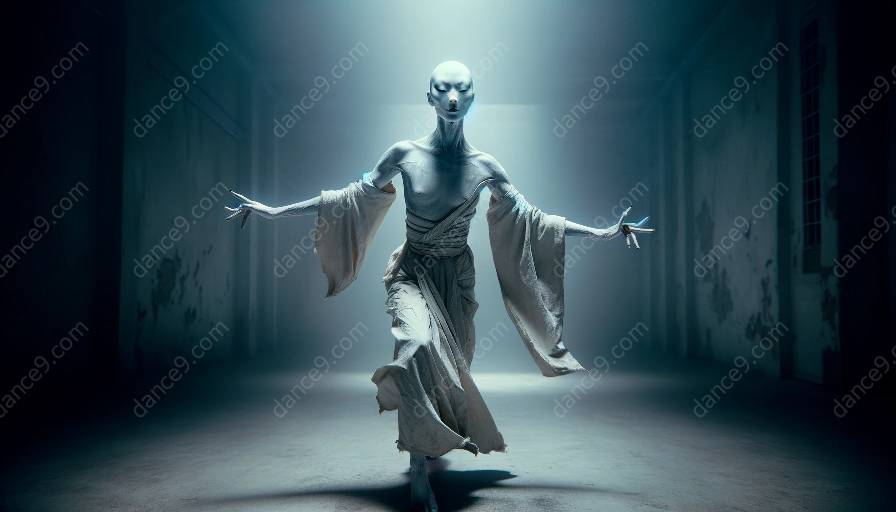Dance is a powerful form of expression, and the diversity within different dance styles reflects the rich tapestry of human emotion and culture. Butoh, a Japanese dance form, stands out as a unique and evocative style that differs significantly from other conventional dance forms in terms of movement and expression. Understanding the distinctions between butoh and other dance styles enriches our appreciation of the art form and offers valuable insights for dance classes.
What sets Butoh apart?
Butoh emerged in post-war Japan as a reaction to the sociopolitical climate and sought to offer a radical departure from traditional Western dance techniques. The movements in butoh are often characterized by an unconventional and avant-garde approach, challenging norms and embracing raw, instinctual expressions. Unlike many traditional dance styles that prioritize precision and technical prowess, butoh places greater emphasis on emotive gestures and the embodiment of primal, elemental energies.
Comparing Movement Styles
Butoh's movement style is distinct in its deliberate use of slowness, contorted body shapes, and controlled yet trembling gestures. This deliberate focus on controlled, sustained movements allows for a deeper exploration of internal emotions and psychological states, creating an intense and enigmatic presence on stage. In contrast, other dance styles such as ballet, contemporary, or jazz often emphasize athleticism, agility, and dynamic movement sequences that showcase physical prowess and agility.
Furthermore, butoh incorporates deliberate tension and release in the body, leading to a sense of vulnerability and rawness in the movement, which contrasts sharply with the grace and fluidity seen in classical dance forms. This stark departure from conventional movement aesthetics sets butoh apart as a provocative and introspective dance style that challenges audiences to confront unrestrained and unapologetic expressions of human experience.
Expressive Contrasts
Expression in butoh is deeply rooted in exploring the darker, subconscious realms of human existence. This contrasts with the more defined and codified expressions found in other dance styles, where storytelling, technique, and external emotive portrayals often take precedence. Butoh's expression often transcends linguistic and cultural barriers, delving into primordial themes of life, death, and transformation. The facial and bodily expressions in butoh reflect an unraveling of inner turmoil and a rejection of societal norms, embracing ambiguity and the enigmatic nature of the human psyche.
Impact on Dance Classes
Studying butoh alongside other dance styles enriches the dancer's repertoire by fostering a deeper connection with their internal narratives and emotions. Incorporating butoh's principles into dance classes encourages students to explore unconventional movement vocabularies and discover new ways to embody emotional states. The introspective nature of butoh can inspire dancers to navigate unexplored territories of expression, ultimately broadening their artistic sensibilities and understanding of the human experience.
With its emphasis on non-conventional movement dynamics and deeply introspective emotional expressions, butoh plays a crucial role in broadening the spectrum of dance education. By embracing the differences in movement and expression brought forth by butoh, dance classes can nurture a more holistic understanding of the art form, empowering dancers to evolve as versatile and empathetic performers.













































































